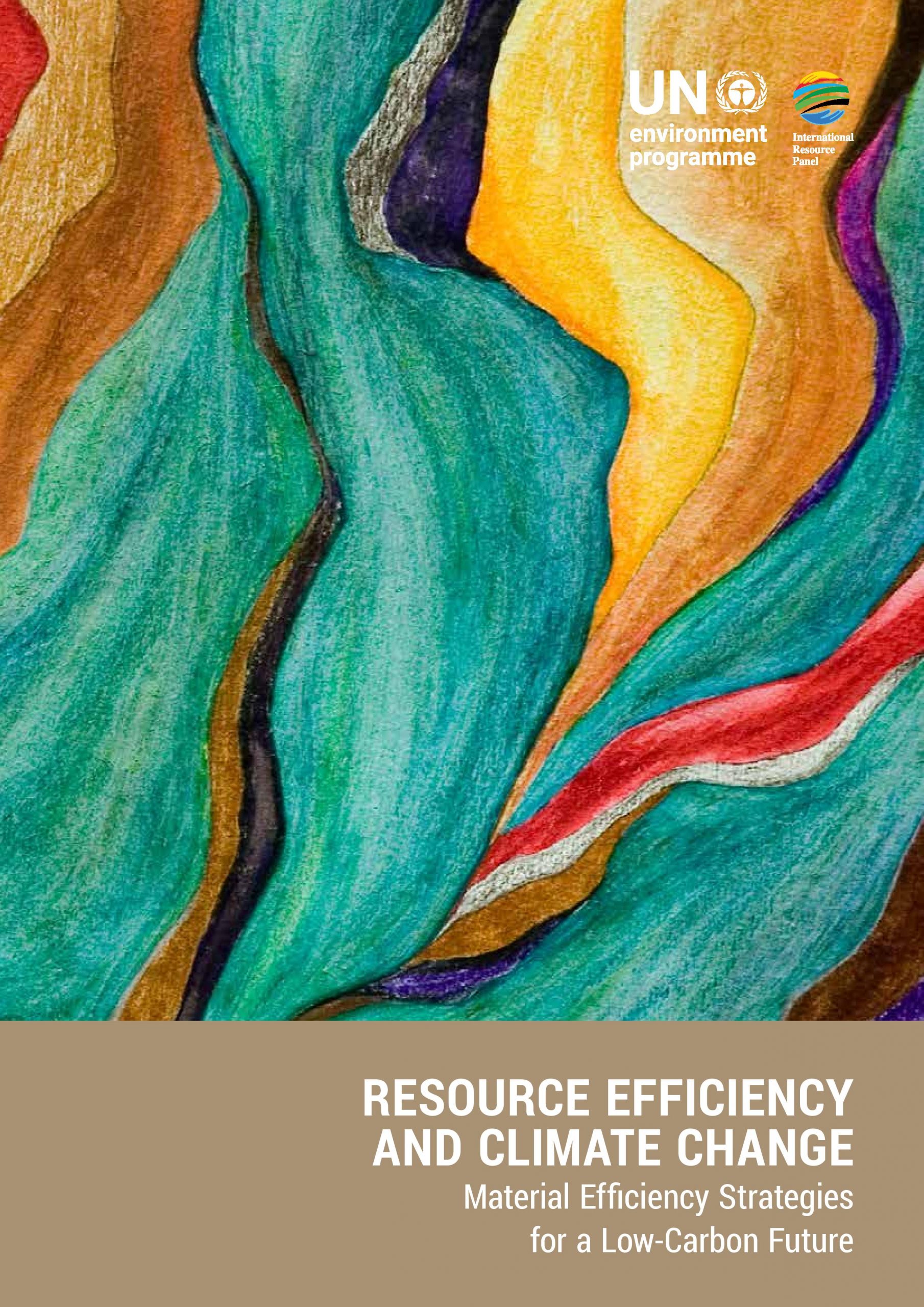In the race toward sustainability, two concepts often dominate the conversation: resource efficiency and the circular economy. While they share common goals—reducing waste, conserving resources, and minimizing environmental impact—they approach these goals in fundamentally different ways. Understanding the distinction is crucial for policymakers, businesses, and consumers alike.
What Is Resource Efficiency?
Resource efficiency is about doing more with less. It focuses on maximizing the output from a given amount of input—whether that’s energy, water, raw materials, or time. The goal is to reduce the environmental footprint of production and consumption by improving productivity and minimizing waste.
This concept is deeply rooted in traditional environmental management and industrial optimization. For example, a factory that reduces its water usage by 30% or a logistics company that cuts fuel consumption through route optimization is practicing resource efficiency.
Key principles include:
- • Minimizing resource input per unit of output
- • Reducing waste and emissions
- • Improving energy and material productivity
- • Decoupling economic growth from environmental degradation
However, resource efficiency doesn’t necessarily challenge the linear “take-make-dispose” model. It can still operate within systems that extract resources, use them once, and discard them—albeit more efficiently.
What Is the Circular Economy?
The circular economy goes beyond efficiency—it reimagines the entire system. It’s a regenerative model that aims to eliminate waste and pollution by keeping products and materials in use and regenerating natural systems.
At its core is circularity, which means designing products and systems that cycle resources continuously. This includes strategies like reuse, repair, remanufacturing, and recycling—but also more innovative approaches such as Product-as-a-Service (PaaS), where ownership is replaced by access, and Eco-design, which ensures products are built for longevity and disassembly.
Unlike resource efficiency, the circular economy challenges the linear model and replaces it with closed-loop supply chains, where materials flow in cycles rather than ending up in landfills.
Key enablers of the circular economy include:
- • Lifecycle Assessment (LCA) to evaluate environmental impact from cradle to grave
- • Extended Producer Responsibility (EPR) policies that hold manufacturers accountable for end-of-life management
- • Digital Product Passport (DPP) systems that track materials, origins, and sustainability data across a product’s lifecycle
The circular economy is not just about reducing harm—it’s about creating value through regeneration, innovation, and systemic change.
Circular Economy FAQs
1. What is the circular economy?
The circular economy is a regenerative system that designs out waste, keeps materials in use, and restores natural ecosystems through circularity.
2. How does a circular economy differ from recycling?
Recycling is one part of circularity. The circular economy also includes reuse, repair, remanufacturing, Eco-design, and Product-as-a-Service (PaaS) models.
3. What is a closed-loop supply chain?
A closed-loop supply chain ensures that products and materials are returned, reused, or recycled instead of being discarded, creating a continuous cycle of value.
4. What is Extended Producer Responsibility (EPR)?
EPR is a policy approach that makes producers responsible for the entire lifecycle of their products, including take-back, recycling, and final disposal.
5. What is a Digital Product Passport (DPP)?
A Digital Product Passport (DPP) is a digital record that contains information about a product’s materials, origin, environmental impact, and recyclability—enabling transparency and traceability.
Resource Efficiency FAQs
1. What is resource efficiency?
Resource efficiency is the practice of using fewer resources to produce the same output, reducing environmental impact and improving productivity.
2. How does resource efficiency help the environment?
By minimizing resource use and waste, resource efficiency reduces pollution, conserves ecosystems, and lowers carbon emissions.
3. Is resource efficiency the same as sustainability?
Not quite. Resource efficiency is a component of sustainability, but sustainability also includes social and economic dimensions beyond resource use.
4. Can resource efficiency lead to cost savings?
Yes. Businesses often save money by reducing energy, water, and material consumption, while improving operational performance.
5. What industries benefit most from resource efficiency?
Manufacturing, agriculture, construction, and logistics are major beneficiaries, especially where resource inputs are high and waste is costly.
Final Thoughts
While resource efficiency focuses on doing things better, the circular economy focuses on doing things differently. One optimizes the current system; the other redesigns it entirely. Together, they form a powerful toolkit for building a sustainable future—one that balances economic growth with environmental stewardship.
By embracing Lifecycle Assessment (LCA), Eco-design, Product-as-a-Service (PaaS), and Digital Product Passport (DPP) systems, businesses and governments can move beyond incremental improvements and toward transformative change. And with policies like Extended Producer Responsibility (EPR) and innovations in closed-loop supply chains, the circular economy is becoming not just a vision—but a reality.



